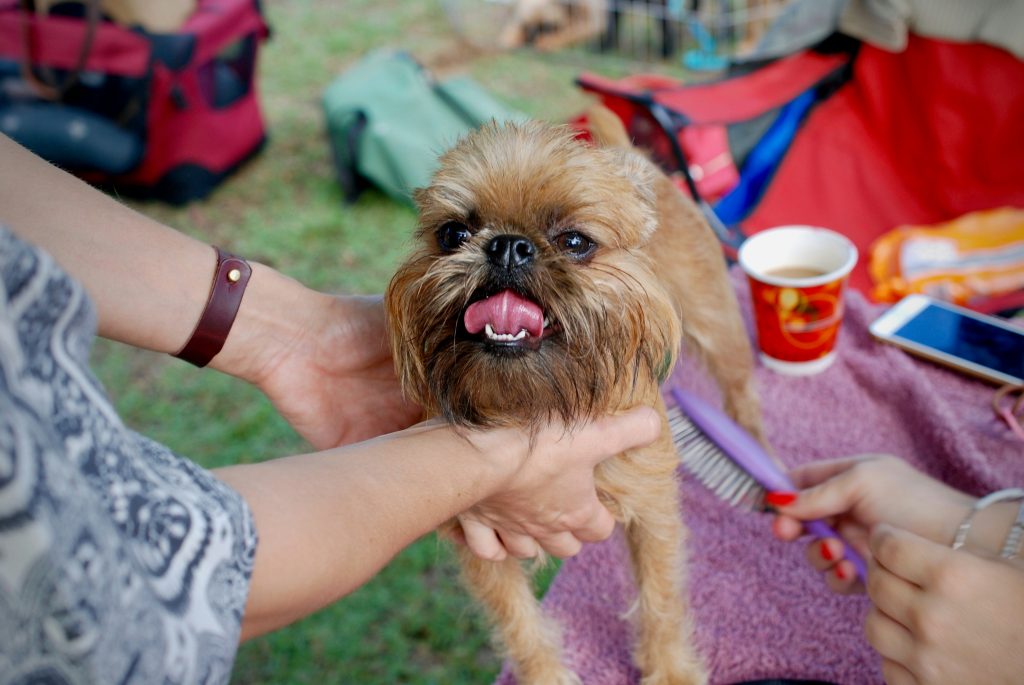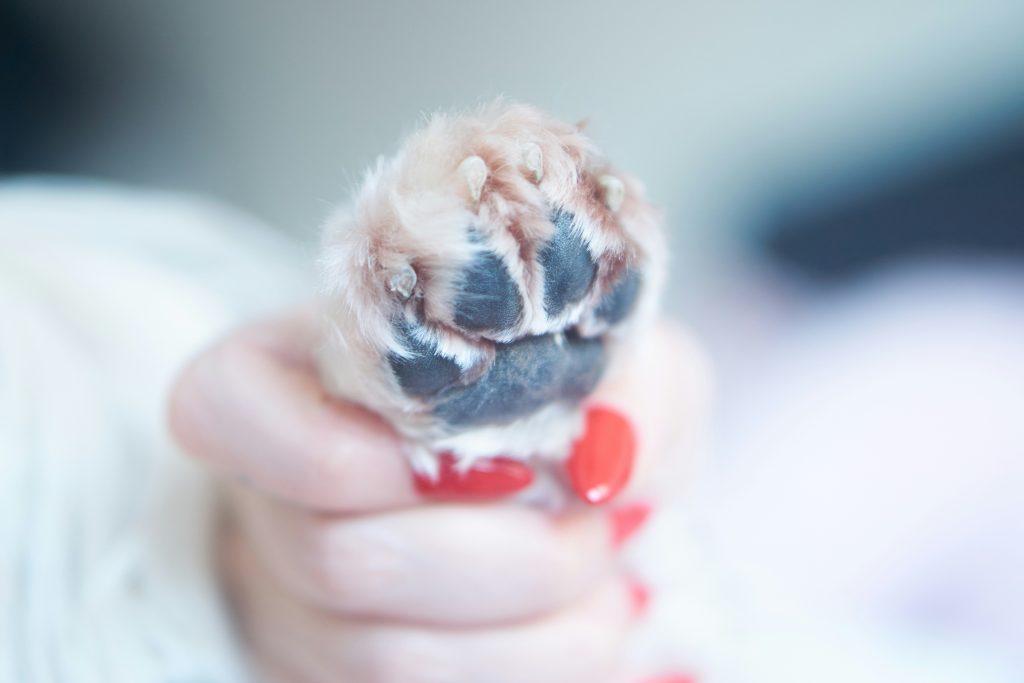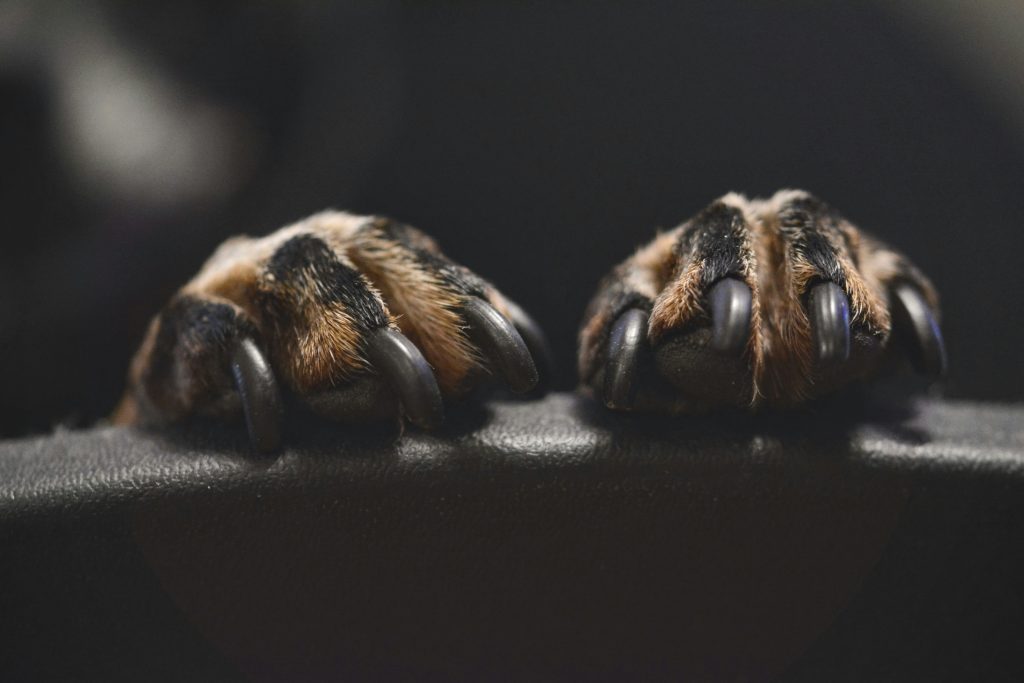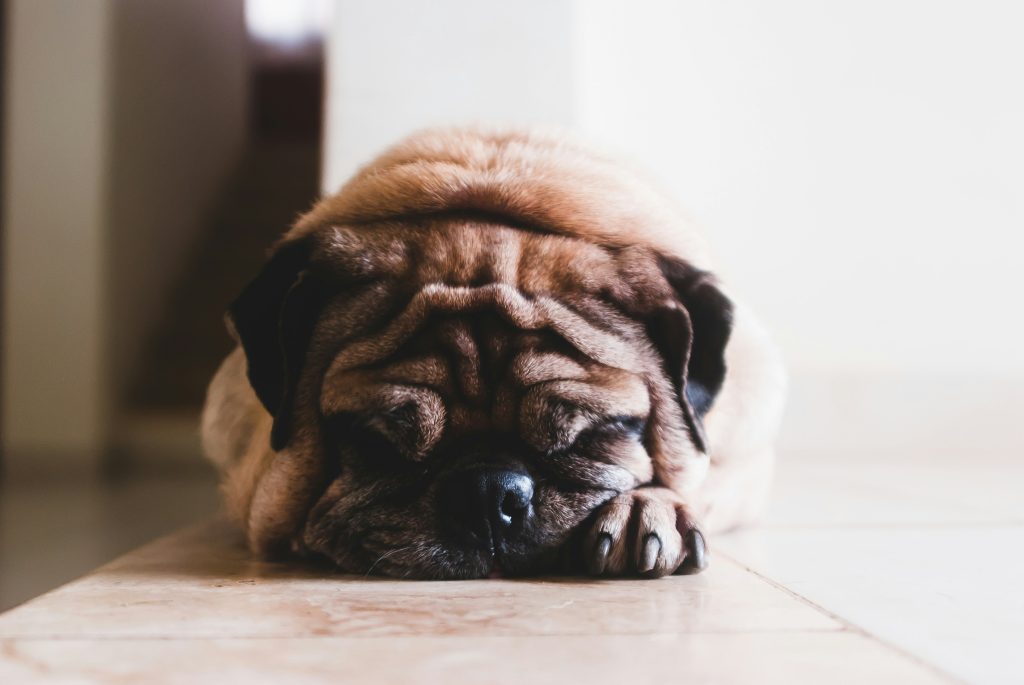Regular nail trimming is crucial for your dogs health and well-being, as overgrown nails can cause pain, infections, and even damage to their paws.

Importance of Regular Nail Trimming for Dogs
Regular nail trimming is crucial for maintaining the overall health and happiness of your dog. Long toenails can have a significant impact on your dog’s wellbeing, potentially causing pain, infections, and the risk of getting caught in various objects. For instance, overgrown nails can lead to discomfort for your dog when walking or running, and in severe cases, it can cause splayed feet, reduced traction, deformed feet, and injury to tendons. These issues can greatly affect your dog’s mobility and quality of life, making regular nail trims an essential part of their care routine.
Additionally, nail maintenance is not only about physical health but also mental well-being. Overgrown nails can cause your dog to experience discomfort and anxiety, leading to behavioral changes and stress. By keeping your dog’s nails trimmed, you can prevent these negative effects, ensuring that your furry friend is comfortable and happy. Therefore, it is important to be attentive to the signs of overgrown nails and prioritize regular nail trimming as part of your dog’s overall care routine to maintain their health and happiness. [1]
Signs of Overgrown Nails
Recognizing the signs of overgrown nails in your dog is crucial in maintaining their overall health and well-being. One common indicator is the clicking sound produced when your dog walks on hard surfaces, which suggests that their nails are too long and need trimming. This clicking sound is caused by the nails hitting the ground due to excessive length, signifying the need for immediate attention to prevent further complications.
In addition to the audible clicking, physical signs such as long slender curves and nails extending past the quick are clear indications of overgrown nails. Long nails can cause splayed feet, where the dog’s toes spread out and the nails no longer make contact with the ground properly, leading to discomfort and potential joint issues. Moreover, reduced traction, deformed feet, and the risk of injury to tendons are all associated with neglected overgrown nails, emphasizing the importance of regular nail maintenance for your dog’s overall well-being and mobility.
For instance, a dog with overgrown nails may experience difficulty in walking or standing on smooth surfaces due to the lack of proper grip, which can lead to accidents or injuries. Therefore, being vigilant about these signs and promptly addressing overgrown nails is essential for preventing discomfort and potential long-term effects on your dog’s health.

Nail Trimming Tools and Techniques
When it comes to trimming your dog’s nails, it’s important to choose the right tools for the job. There are various types of nail clippers and grinders available, each designed for specific purposes. For instance, guillotine clippers are suitable for small to medium-sized dogs, while scissor clippers are better for larger breeds with thicker nails. Additionally, grinders can be a great alternative, especially for dogs who are sensitive to the pressure applied by traditional clippers.
Furthermore, the technique used during the nail trimming process is crucial to ensure the safety and comfort of your dog. When following the step-by-step instructions, it’s vital to be mindful of the quick, the sensitive part of the nail that contains blood vessels and nerves. Trimming only the tip of the nail helps prevent accidentally cutting the quick, which can cause bleeding and discomfort for your dog. Moreover, nail grinding can be an excellent way to round and smooth the edges of the nails after trimming, reducing the risk of sharp edges that may snag on surfaces or cause injury to your dog.
For example, if you have a small dog with delicate nails, using a scissor-type clipper may provide better control and precision during the trimming process. On the other hand, if your dog has dark nails where the quick is not easily visible, a grinder can help you carefully remove thin layers of the nail to reach the desired length without the risk of cutting the quick. Understanding the different tools and techniques available for nail trimming can empower you to make informed decisions that prioritize your dog’s safety and well-being while keeping their nails properly maintained.

Desensitizing Your Dog to Nail Trimming
Desensitizing your dog to the nail cutting process is an essential step in preparing your dog for nail trimming. By handling your dog’s paws regularly, you can gradually get them accustomed to the sensation of having their paws touched and manipulated. For example, you can gently hold your dog’s paw for a few seconds and then reward them with a treat to create a positive association with the experience. Over time, increase the duration of paw handling to help your dog become more comfortable with the process. This desensitization technique can help reduce any anxiety or fear your dog may have related to nail trimming, making the experience less stressful for both you and your pet.
Another effective method for desensitizing your dog to nail trimming is to use positive reinforcement, such as treats, during the process. For instance, you can offer your dog a small treat after handling their paws or while using the nail clippers or grinder. This positive association with treats can help your dog feel more at ease during the nail trimming process and can also serve as a distraction from any discomfort they may experience. By consistently pairing nail trimming with positive reinforcement, your dog is likely to associate the activity with a pleasant experience, ultimately reducing their resistance and anxiety.
In some cases, despite your best efforts, your dog may continue to show resistance to nail trimming. If this is the case, seeking professional help from a groomer or veterinarian may be necessary to address the issue effectively. These professionals have the expertise to handle resistant dogs and can provide guidance on alternative techniques or tools that may help make the nail trimming process more manageable for your dog. Remember, patience and consistency are key when desensitizing your dog to nail trimming, and seeking professional assistance should not be seen as a failure, but rather as a proactive step to ensure your dog’s well-being and comfort.
Training Tips for Nail Trimming
When it comes to training your dog for nail trimming, consistency and patience are key. It’s essential to start the process when your dog is young, as this allows them to become familiar with the experience and more easily adapt to it. For tips and advice on dog training, you can visit the Reddit platform. Begin by gently handling your dog’s paws regularly, even when you are not actively trimming their nails. This will help desensitize them to having their paws touched, making the nail trimming process less stressful for them in the long run.
In addition to desensitization, positive reinforcement techniques can significantly enhance your dog’s acceptance of nail trimming. For example, when your dog allows you to handle their paws or sits calmly during a nail trimming session, reward them with treats and verbal praise. This positive association helps create a stress-free and positive experience, reinforcing the behavior you want to encourage. Using distractions like peanut butter or silicone mats during the nail trimming process can also help divert your dog’s attention and reduce their anxiety, making the experience more enjoyable for them.
An example of a positive reinforcement technique is to associate the sound of the nail clipper or grinder with a treat. You can start by simply playing the sound of the tool without using it, and then immediately offering your dog a treat. Over time, your dog will come to associate the sound with something positive, creating a more relaxed environment for the actual nail trimming process. Remember, every dog reacts differently, so it’s important to tailor your training approach to suit your dog’s individual needs and preferences.

Conclusion and Importance of Regular Nail Maintenance
Regular nail maintenance is crucial for the health and happiness of your dog. Long toenails can not only cause discomfort but can also impact your dog’s gait and posture, leading to potential musculoskeletal issues. For instance, overgrown nails can cause splayed feet, reduced traction, and deformed feet, affecting your dog’s mobility and overall quality of life. Additionally, neglecting regular nail care can result in irreversible damage to the dog’s paws, potentially leading to infections and pain.
Proper nail trimming techniques are vital for maintaining your dog’s nail health. It’s important to invest in the right tools, such as dog-friendly clippers or grinders, for trimming to ensure a safe and effective process. For example, selecting the appropriate nail clipper or grinder based on your dog’s nail size and thickness is crucial to prevent discomfort or injury during the trimming process. Furthermore, following step-by-step instructions for trimming, such as picking up the paw, extending the nail, and clipping only the tip, can help prevent cutting the quick and causing your dog pain. Additionally, incorporating nail grinding as a finishing touch after trimming can help smoothen the edges of the nails and reduce sharpness, further enhancing your dog’s comfort and well-being.
By emphasizing the importance of regular nail maintenance, desensitizing your dog to the process, and using positive reinforcement techniques, you can ensure that nail trimming is not only a necessary grooming task but also a positive and stress-free experience for your dog. Remember, the health and happiness of your furry companion depend on proper and regular nail care, making it an essential aspect of responsible pet ownership.
